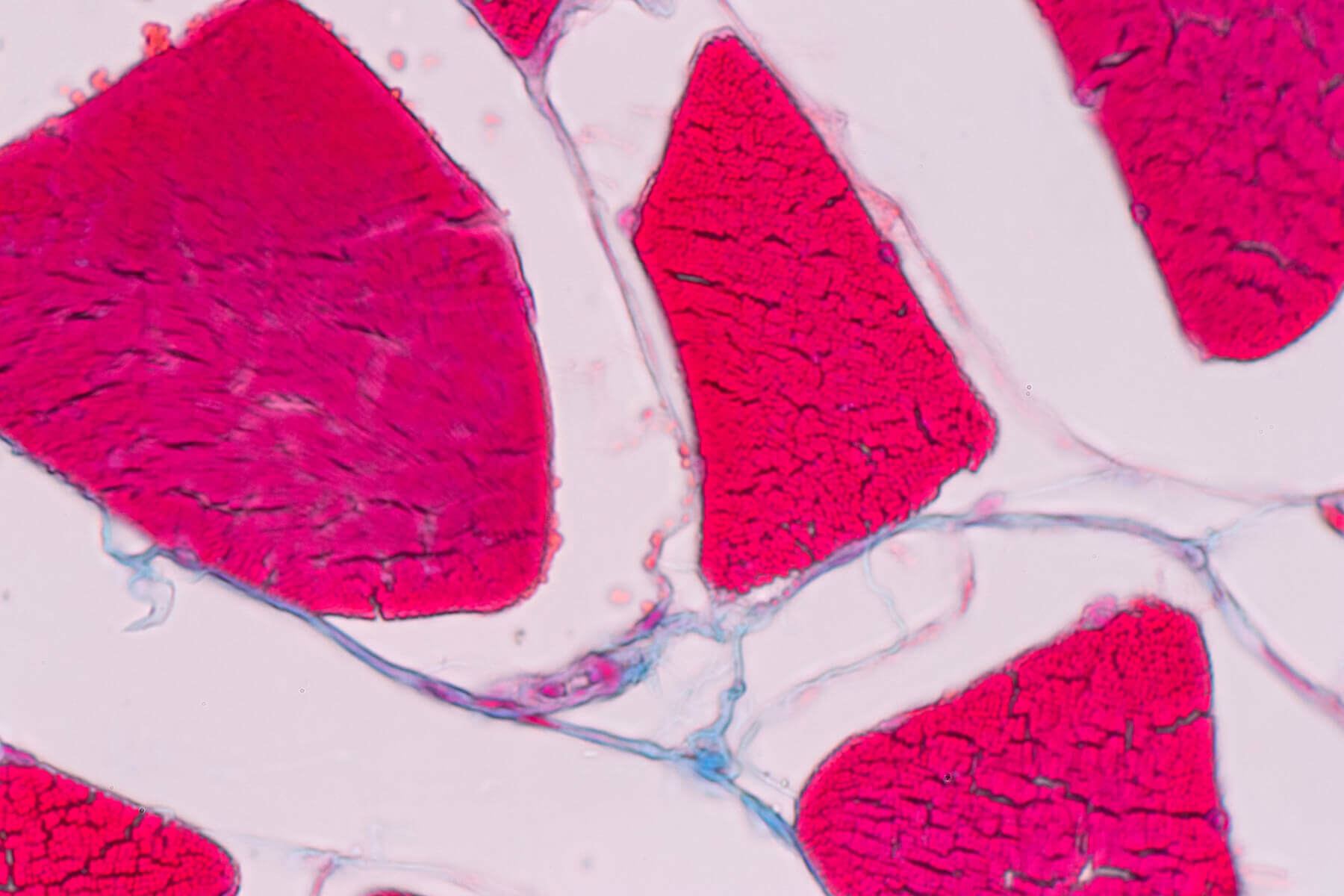New research provides novel insight regarding molecular changes inside muscle cells during detraining periods! While findings are practically limited, they support previous findings in practical human studies.
Overview
What did they test? Muscle biopsies of the Vastus Lateralis were analyzed to determine the timeframe of blunted anabolic signaling proteins following five weeks of training and whether ten days without training could reverse blunted signaling.
What did they find? mTOR-related anabolic signaling proteins were reduced after seven training sessions, but re-increased following a detraining period of ten days. Despite a decrease in these signaling proteins, myofiber diameter didn’t change during detraining.
What does it mean for you? Periods of reduced training or breaks away from training can serve as a tool for various benefits. This is a newly developing area and more research is needed to determine practical recommendations for mesocycles and deloads to promote a sustained anabolic environment in the muscle.
What’s the Problem?
Remember when you first started resistance training? Every week you could add 5-10 lbs to the bar and do it for as many or MORE reps as the previous week on an exercise. After a few months, you started to see noticeable changes in your physique. After six months or so, maybe progress isn’t occurring weekly like it used to, but you’re still seeing progress monthly, adding weight, and noticing changes in your physique. Remember how excited and eager it made you feel about training? Then, after years of consistent training, progress becomes far less noticeable. Personal records (PRs) became fewer and farther between, and changes in your physique started to appear non-existent. This phenomenon of diminishing returns, where progress isn’t occurring despite regular training volume, is driven by decreases in the anabolic response to exercise. But what if you could somehow resensitize your body to the anabolic effect of resistance training? Wouldn’t that be cool?
The anabolic response to resistance training is a global effect that has many downstream physiological effects. Still, this review’s primary focus is resistance training’s effects on muscle protein synthesis (MPS). To understand the effect of resistance training on MPS in the context of this study, we need to discuss the signaling cascade that ends in an increase in MPS. Without getting too technical, the rate-limiting step in MPS is a step called ‘translation initiation 2.’ For those who may not have taken biology classes or don’t remember, translation refers to the step where ribosomes ‘translate’ messenger RNA (mRNA) into a peptide/protein. This means that the mRNA is translated into a protein based on its nucleotide sequence. Translation initiation refers to the step of translation where the ribosome attaches to the mRNA, as this is the rate-limiting step of translation and starting MPS 3. Translation initiation is stimulated through the mammalian target of rapamycin (mTOR) signaling pathway. Stimulation of mTOR causes several downstream effects favorable for translation initiation, including the binding of two proteins: eukaryotic initiation factor 4G (eIF4G) and eIF4E, with each other while also stimulating ribosomal protein S6 Kinase (p70S6K) and the protein itself, p70S6 4. Stimulation of p70S6K increases the production of several ribosomal proteins that increase the rate of MPS 2.
While trained individuals still experience increased MPS and mTOR pathway stimulation in response to training, this response is far shorter in duration in trained individuals than in untrained individuals 5. This is likely responsible for reducing muscle growth in response to training as people become more experienced. The experiment we review here aimed to determine when this reduction in anabolic signaling occurs and if it could be modulated through detraining periods.Something important to know before breaking down this study design. Originally this study was intended to test two different types of training programs. A progressive loading program that included gradual increases in training load. The other was a constant loading program with an unchanged training weight. Unfortunately, the limited participants forced researchers to pivot and combine participants into one sample to investigate anabolic signaling proteins during an acute training plan. So, moving forward with the study design we’ll discuss it in terms of one sample rather than two separate groups.

Purpose & Hypothesis
Researchers aimed to analyze the time frame anabolic signaling proteins (pmTOR S2448, pp70S6k T421/S424, and prpS6S235/236) may become reduced in skeletal muscle. Additionally, researchers analyzed if the cessation of RE for ten days may reestablish this response by re-increased phosphorylation of anabolic signaling proteins. Lastly, researchers examined whether changed phosphorylation of rpS6 would be regulated differently between and within type I and type II fibers.
Researchers hypothesized that several weeks of training would significantly reduce m-TOR-related signaling proteins, but progressive overload would prevent this decrease in anabolic signaling proteins. Researchers expected this to be reflected within individual myofibers and that ten days of unloading would significantly reverse the impaired signaling to the initial levels after the first training session.







